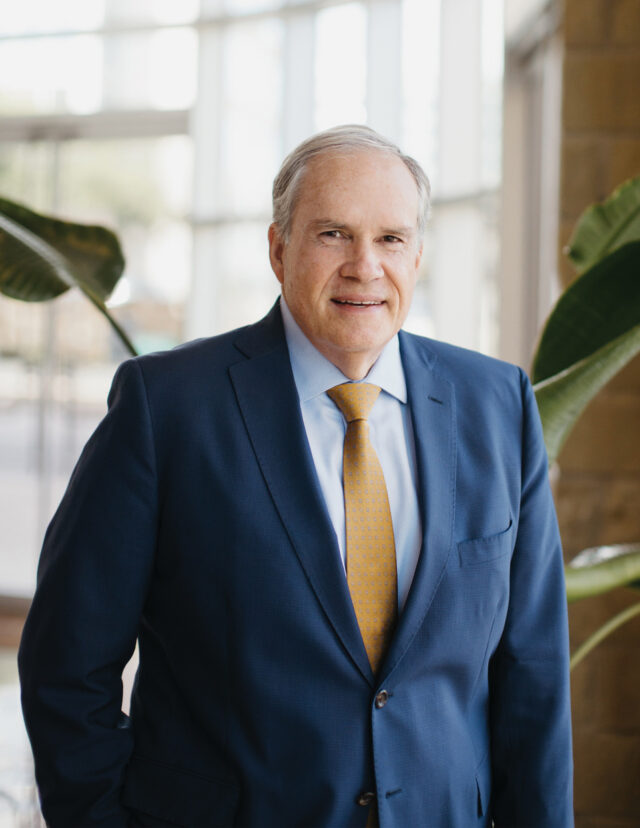 By John Hawkins, President/CEO, Texas Hospital Association
By John Hawkins, President/CEO, Texas Hospital Association
Hospitals have grappled with health care workforce shortages long before the pandemic, but two years of providing COVID-19 care have strained provider resources and staff like never before. Health care workers serving on the frontlines of one COVID-19 variant surge after the next are profoundly burned out and exiting hospital employment in record numbers. Some are leaving the field altogether, while others are trading full-time work for more lucrative travel positions. Without policies designed to build and sustain a robust health care workforce, this exodus of skilled professionals from hospital employment could threaten providers’ ability to care for patients.
A skilled and plentiful Texas health care workforce is the backbone of high-quality patient care. However, Texas hospitals report nursing vacancies in non-COVID-19 units are roughly double pre-pandemic levels. Providers face the urgent challenge of finding, procuring, and maintaining staff while increasing protective equipment and protocols to maintain a safe work environment. The result could mean reduced essential service lines, such as labor and delivery, surgery, oncology, and psychiatric units. Rural and smaller hospitals may face closure as labor costs mount and adequate staffing levels are unattainable. Specialized patient care could suffer as well.
As COVID-19 cases surge and abate, hospitals must scramble to fill positions with permanent staff, alleviate fatigue, prevent workplace violence, implement retention strategies, and pivot workers to where they are most needed. Staffing costs comprise roughly 60% of a hospital’s total expenses. Labor costs per patient have grown 19.5% through November 2021 from pre-pandemic levels, while supply expenses to protect staff have increased 20.5% per patient during that time. Meanwhile, costs for travel staff were at least twice as much in 2021 over 2020. From January 2020 to January 2022, the advertised pay rate for travel nurses shot up by 67%, and hospitals are billed an additional 28% to 32% over those rates by staffing firms. As of February 2021, Texas had the highest reported demand for travel nurses and travel crisis nurses in the nation.
To address the immediate challenge of health care worker shortages, a comprehensive approach of state and federal efforts must be implemented. A reappropriation of the $2 billion in American Rescue Plane Act funds the Department of State Health Services is set to receive should be used as general revenue to assist health care providers responding to the pandemic. Further, additional Provider Relief Fund allocations with adequate flexibility would provide a lifeline to Texas hospitals, which have borne more than $1 billion in extra staffing costs during the delta and omicron surges not currently included in the current round of funding. Suspected anticompetitive behavior by staffing agencies during the pandemic should be investigated by the Federal Trade Commission, as some entities are suspected of retaining up to 40% or more of costs for themselves. Additionally, workplace violence and behavioral health impacts of stress and burnout must be addressed.
The current workforce shortage did not happen overnight. In 2021, Texas nursing schools turned away more than 15,700 qualified applicants because of a shortage of nursing faculty and clinical education capacity. Texas needs funding, policies, and opportunities to boost the health care workforce pipeline to provide care for an expanding population. In our growing and aging state, the growth of the allied health care workforce should be encouraged, and strategies should be identified to increase these professionals. Texas offers several educational and loan programs to nursing and medical students that should be prioritized to meet the long-term health care workforce needs of our state.
Although the pandemic has presented considerable challenges to the Texas health care workforce, ensuring proper funding for training, support and morale will attract workers to serve a growing state.


